Validate Designs for Life with 3DEXPERIENCE Works Simulation
Why is durability important?
Usually, when companies think about using simulation, they think about increasing product strength and stiffness while reducing weight. However, this approach neglects a pervasive failure mode that is readily calculated: metal fatigue. Up to 90% of all in-service mechanical failures are due to fatigue when repeated loading and unloading weakens the components over time by cracks propagating through the material, even when the induced stresses are considerably less than the material’s stress limit.
A component’s fatigue life is affected by multiple factors such as material, geometry, stress range, load frequency, manufacturing process, and atmospheric conditions. It is a difficult question to figure out by hand, which makes it an ideal task for computational simulation.
We see the results of fatigue failure in the news. Think of the recent commercial airplane engine fire due to metal fatigue in the fan blade. While these failures are catastrophic, we see the results of fatigue throughout multiple industries.

Examples of fatigue failure can be found in products and components across many industries:
– Industrial equipment: Rotating machinery, bolts, gears, belts, valves, seals, pipes, and tubes.
– Life sciences: Stents, prosthetics, dental, hip and knee implants.
– Energy and materials: Pipes, pressure vessel, drilling equipment, control and safety valves, welds, fans, turbines, wind turbines, offshore platforms, and gears.
– Electronics: Solder, lead wires, PCB, actuators, electronic racks, and housing assemblies.
– Consumer Products: Seals, fans, connectors, wires, valves, bicycle pedals, and exercise equipment.
– Home and lifestyle: Doors & windows.
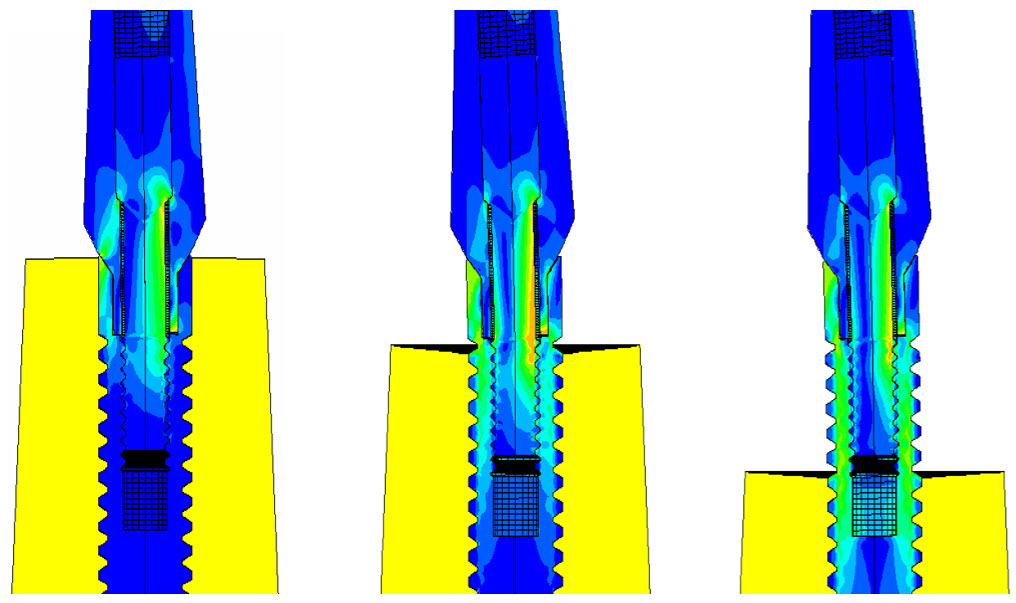
Because of the prevalence of failures caused by fatigue and the substantial improvement of computational solutions, companies are moving towards durability simulation to better understand and predict fatigue occurrences during a component’s or product’s lifetime. Physical testing for durability is very costly and time-consuming. Industry standards require more and more durability tests and validations with shorter deadlines. Companies must adopt and implement durability simulation solutions to comply with industry regulations and adhere to customer requirements.
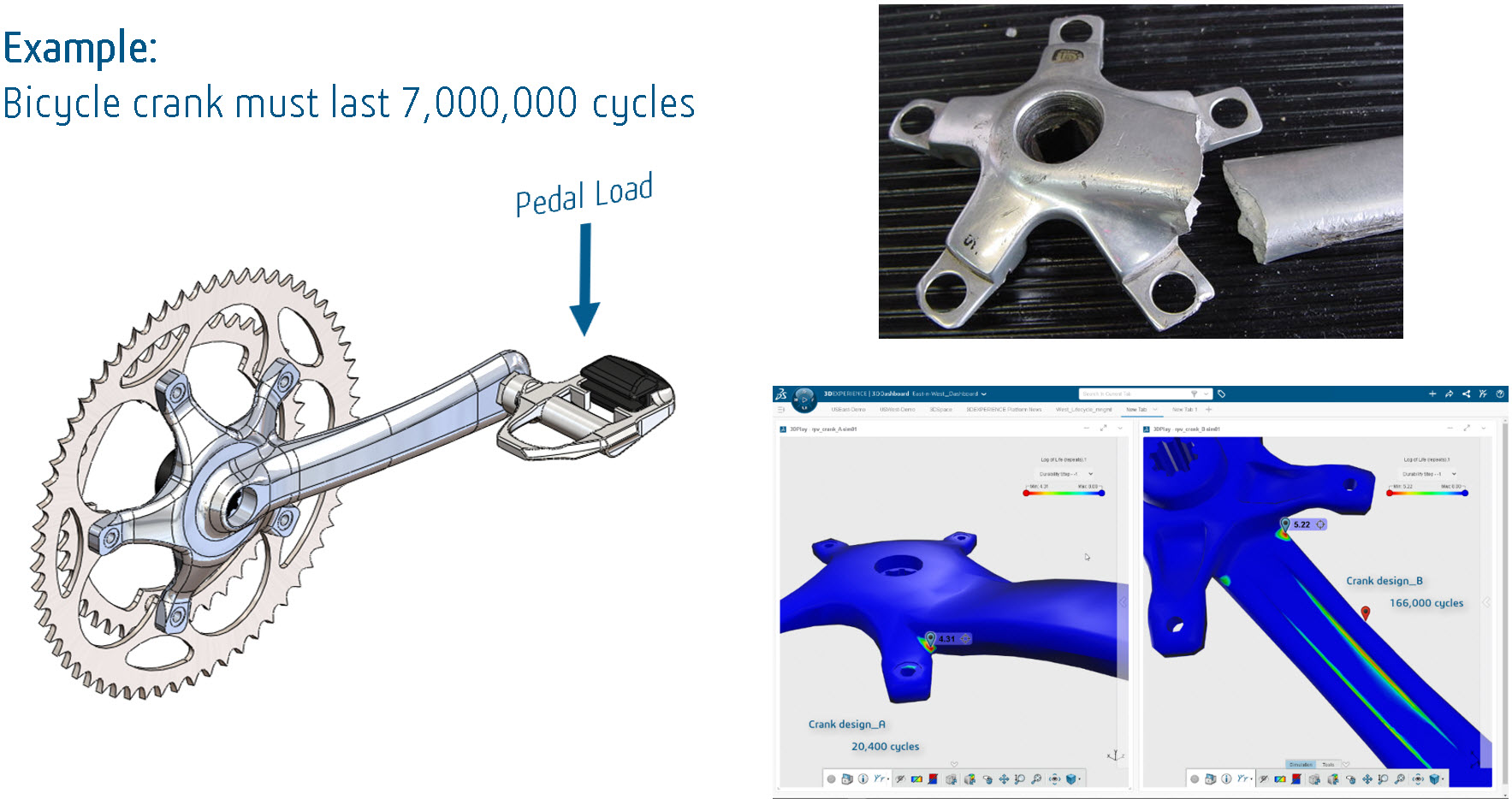
Durability simulation tools could have predicted the product failure shown in Image 3 using the 3DEXPERIENCE® Works structural simulation portfolio.
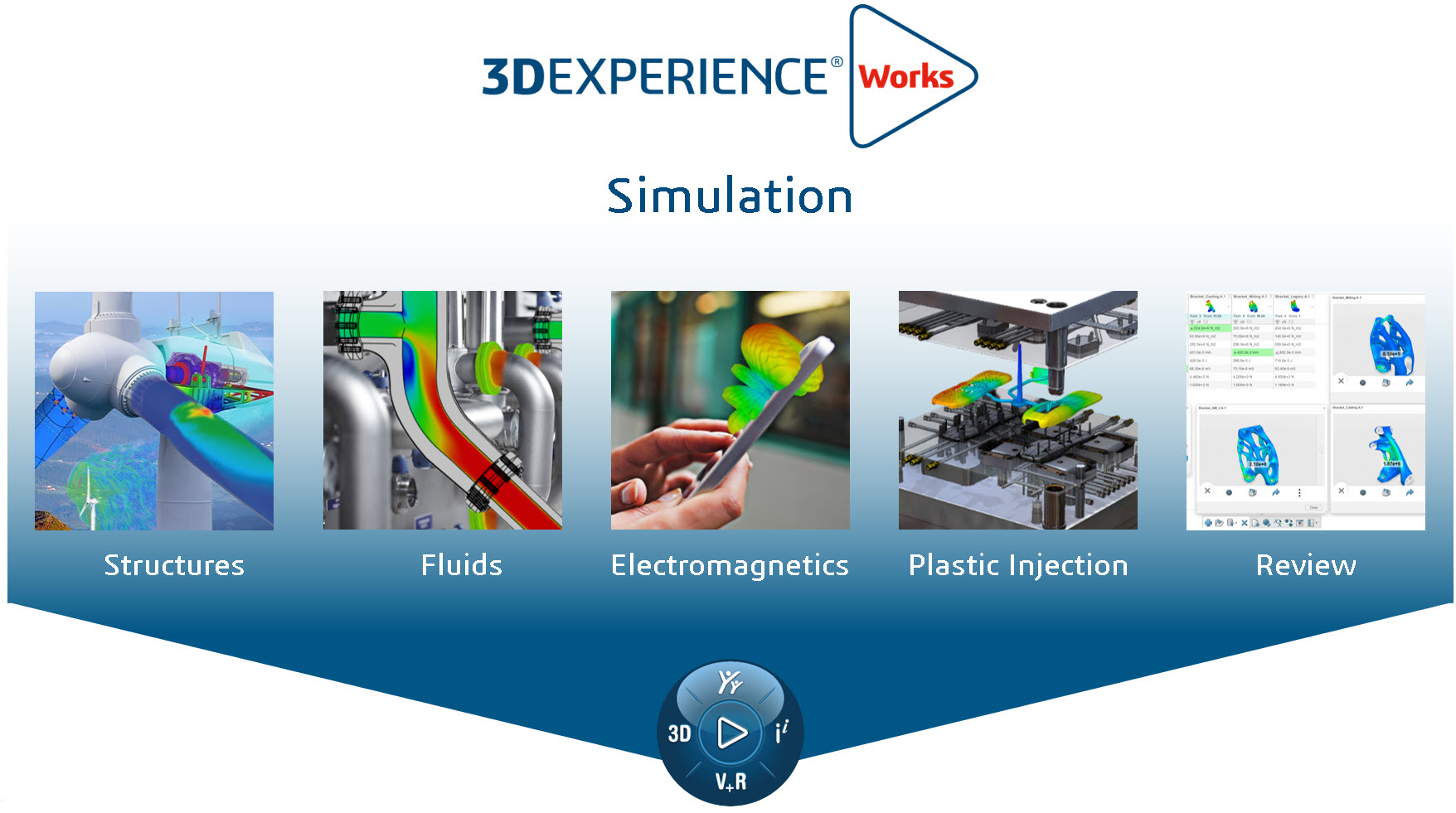
To address the challenge of designing for strength, stiffness, and durability, two new solutions (or roles) have been launched.
Durability Performance Engineer
Durability Performance Engineer capabilities are: linear and nonlinear static (Abaqus Implicit), quasi-static (Abaqus Implicit Dynamic), thermal, durability, contact with friction, nonlinear materials, advanced meshing, sequential loading, local and cloud computing, and more.
Durability Mechanics and Engineer
Durability Mechanics and Engineer capabilities are: advanced linear and nonlinear static and dynamic (Abaqus Implicit, Implicit Dynamic and Explicit), thermal, durability, material calibration, geometry preparation, and more.
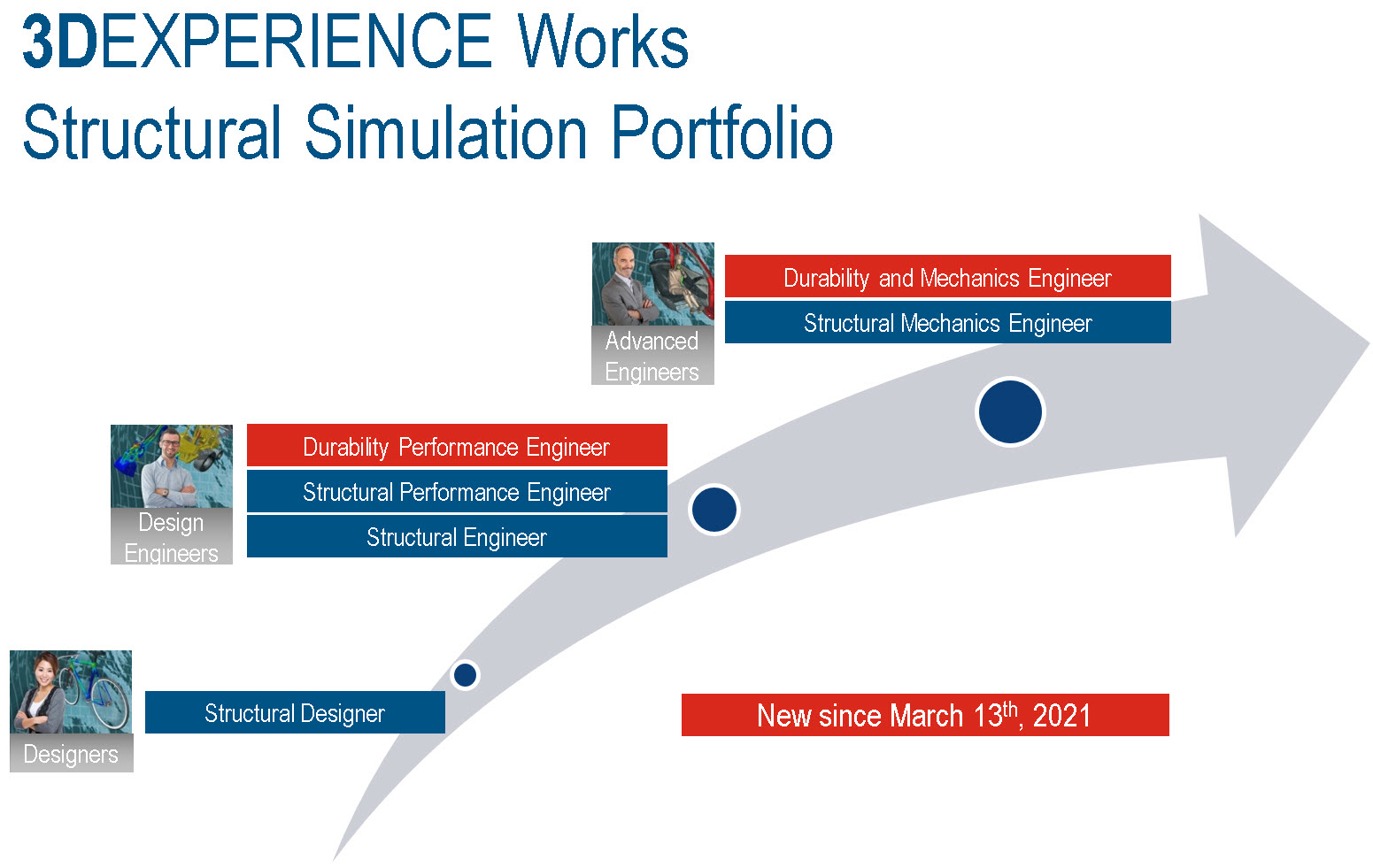
These new durability roles offer:
- Proven and powerful SIMULIA Abaqus and the fe-safe technology used by experts.
– Multi-step structural scenarios for comprehensive product performance assessment.
– Advanced techniques with high cycle and low cycle analysis (stress and strain-based algorithms).
– Realistic fatigue multi-events and multi-directional loading for accurate durability calculations.
– More than 350 materials with fatigue properties.
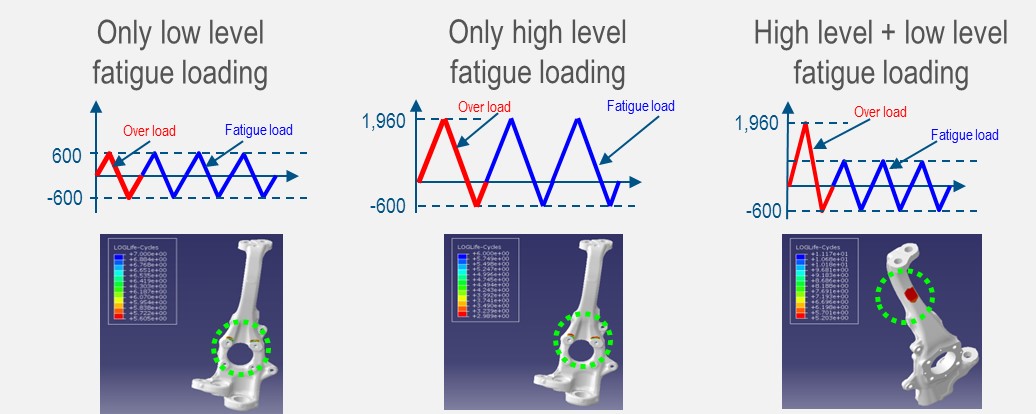
Hyundai Motor Company says that the “fe-safe [technology] correctly predicted the failure location due to high, low, and combined level loading. The analysis took residual stress, material non-linearity, and plastics strains into account.” Click here to get more information about SIMULIA fe-safe.
2. Connected to SOLIDWORKS®
– Connected and associative workflow with SOLIDWORKS for efficient what-if scenarios.
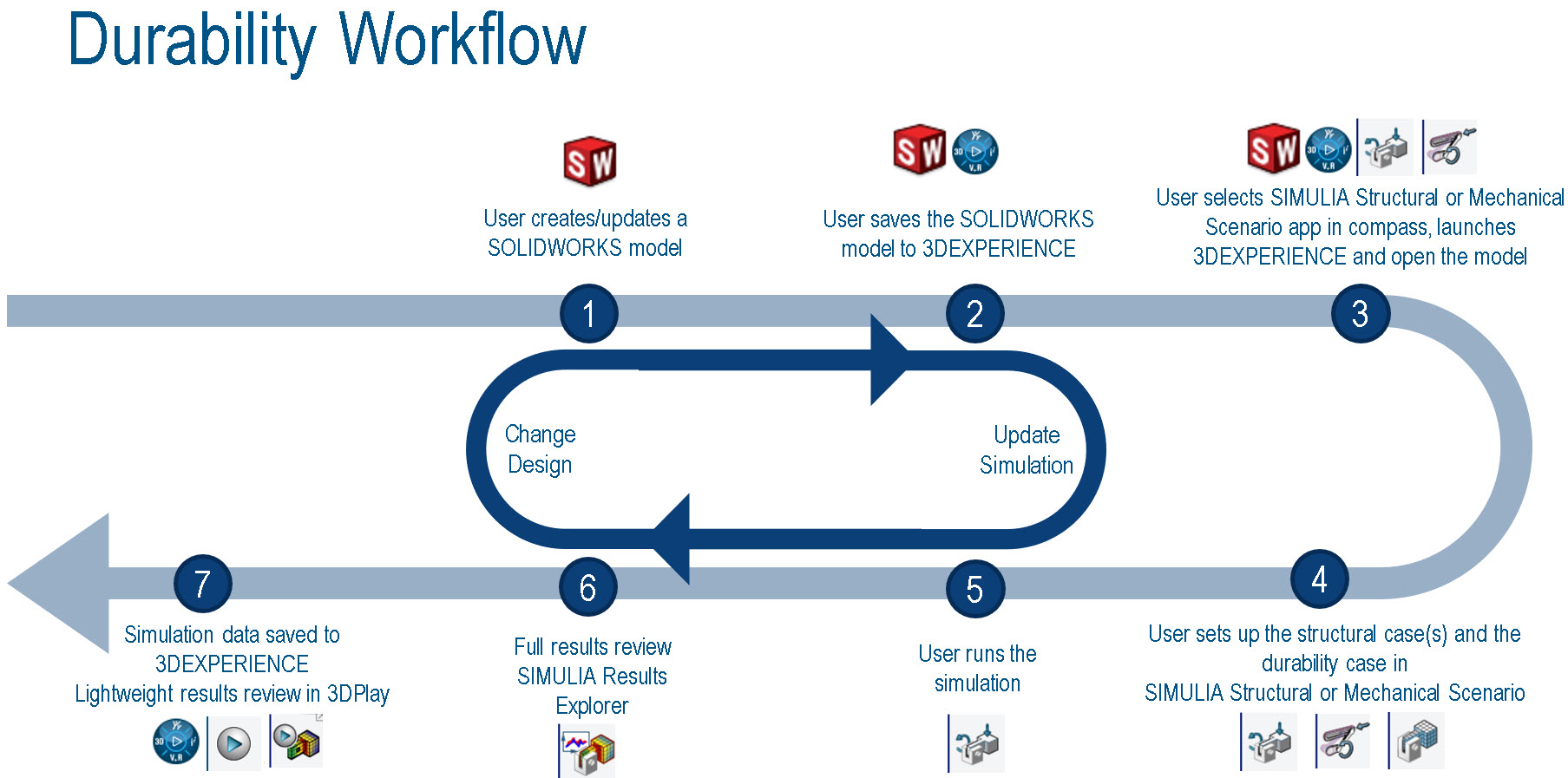
3. Easy Engineering Collaboration
– The 3DEXPERIENCE platform provides a secure cloud-based platform with data management, versioning, and traceability.
– The web-based dashboard accelerates technical and business decisions by sharing structural and durability simulations with all project stakeholders.

Conducting simulation studies for strength and stiffness or weight optimization is not enough to validate a design for life (and win new design and engineering projects). The fatigue phenomenon, which can cause product failure under cyclic loads, cannot be overlooked. Fatigue tests and validation are becoming increasingly commonplace to achieve industry compliance.
The 3DEXPERIENCE Works portfolio offers durability simulation with the proven SIMULIA fe-safe technology coupled with SIMULIA Abaqus. The 3DEXPERIENCE cloud-based platform enables data traceability, versioning, and sharing in a connected environment, associative with SOLIDWORKS for streamlined workflows.
For more information, contact your local SOLIDWORKS reseller.




